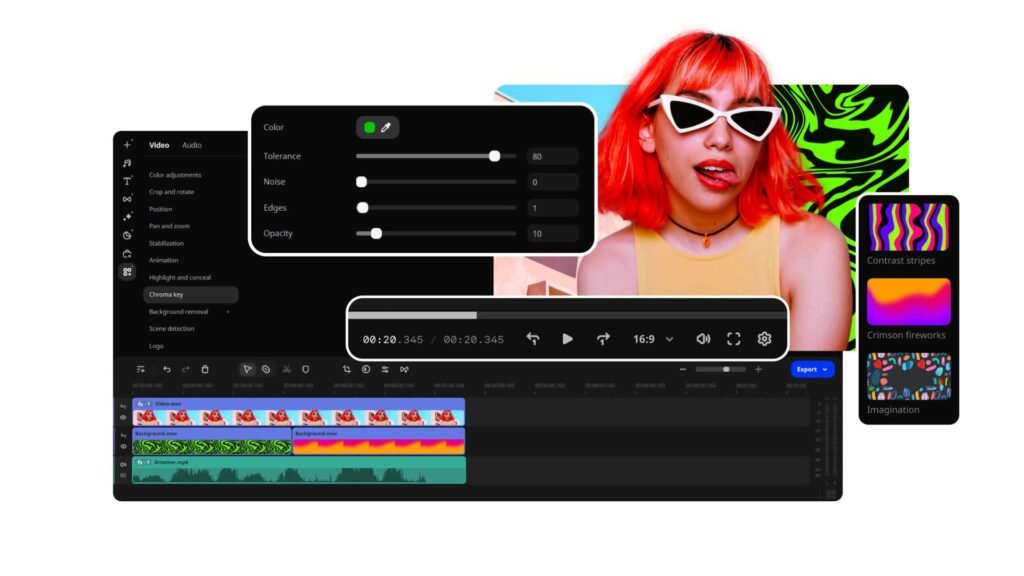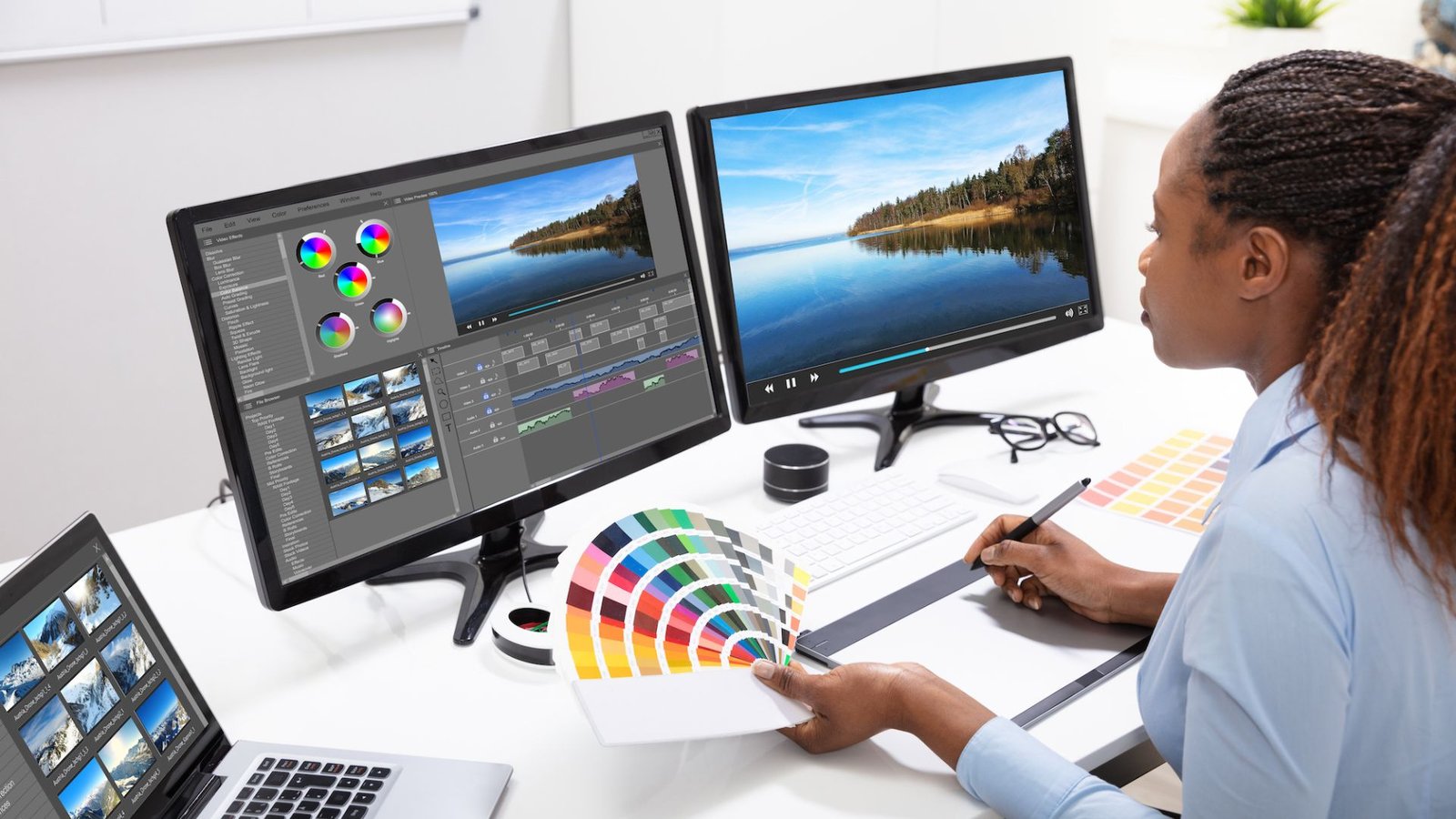Choosing the best software for photo and video editing is crucial for producing high-quality content, whether you’re a professional or a hobbyist. With numerous options available, selecting the right one can be challenging. Here’s a guide to help you make an informed decision.

Assess Your Needs and Skill Level
Before diving into specific software options, it’s essential to evaluate your needs and skill level. Are you a beginner looking for easy-to-use tools, or a professional in need of advanced features? Understanding what you need will narrow down your choices and ensure you select software that suits your experience and project requirements.
Key Features to Consider
Different software offers various features, so it’s vital to identify which are most important for your work:
- Photo Editing: Look for tools like layers, masking, color correction, and retouching. Features such as AI-powered enhancements, batch processing, and preset filters can also be valuable for streamlining your workflow.
- Video Editing: Essential features include multi-track timelines, color grading, transitions, effects, and audio editing. If you’re into advanced editing, look for software that offers motion graphics, 3D editing, and keyframing.
Ease of Use
The software should match your skill level. Beginner-friendly options often include intuitive interfaces and tutorials to help you get started. Professionals may prefer software with more complex features but still appreciate a user-friendly interface that doesn’t impede their workflow.
Compatibility with Your Devices
Ensure the software is compatible with your computer’s operating system and hardware. Some software is platform-specific (Windows, macOS, Linux), while others are cross-platform. Additionally, check the system requirements to ensure your device can handle the software efficiently, especially for video editing, which can be resource-intensive.
Integration and Workflow
Consider how the software integrates with other tools you use. For instance, Adobe’s Creative Cloud suite offers seamless integration between Photoshop, Lightroom, and Premiere Pro, making it easier to move between photo and video editing. If you work with other software like plugins or external hardware, check for compatibility to ensure a smooth workflow.
Cost and Licensing
Photo and video editing software comes in various pricing models, from one-time purchases to subscription-based services. Consider your budget and how often you plan to use the software. Subscription models like Adobe Creative Cloud provide regular updates and access to a suite of tools, while one-time purchases might be more cost-effective in the long run for less frequent use.
Customer Support and Community
Good customer support and an active community can be lifesavers when you encounter issues or need to learn new techniques. Look for software with robust support options, including tutorials, forums, and direct customer service. An active user community can also provide valuable tips, plugins, and customizations to enhance your experience.
Trial Versions
Many software providers offer free trials. Take advantage of these to test the software before committing to a purchase. This hands-on experience will help you determine if the software meets your needs and if you’re comfortable with its interface and features.
Reviews and Recommendations
Lastly, research reviews and recommendations from other users and professionals. Reviews can provide insights into the software’s performance, stability, and customer satisfaction. Professional recommendations can also highlight strengths and weaknesses that might not be immediately apparent.
Conclusion
Choosing the best software for photo and video editing involves assessing your needs, considering key features, and ensuring compatibility with your devices and workflow. By taking the time to evaluate your options and test out trial versions, you can find the software that best fits your editing style and budget, enabling you to create high-quality content efficiently.










